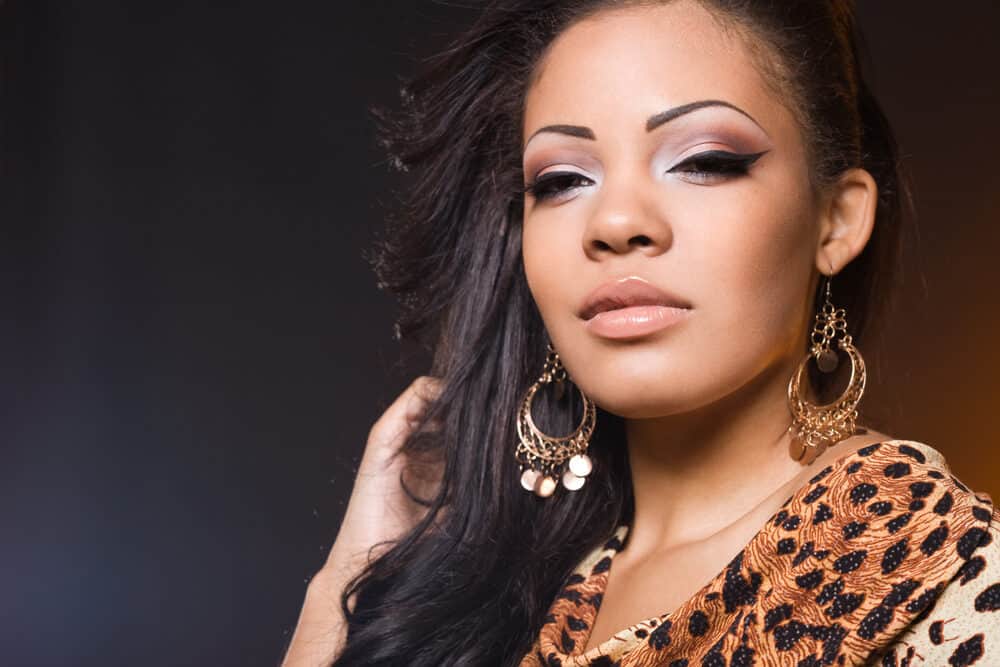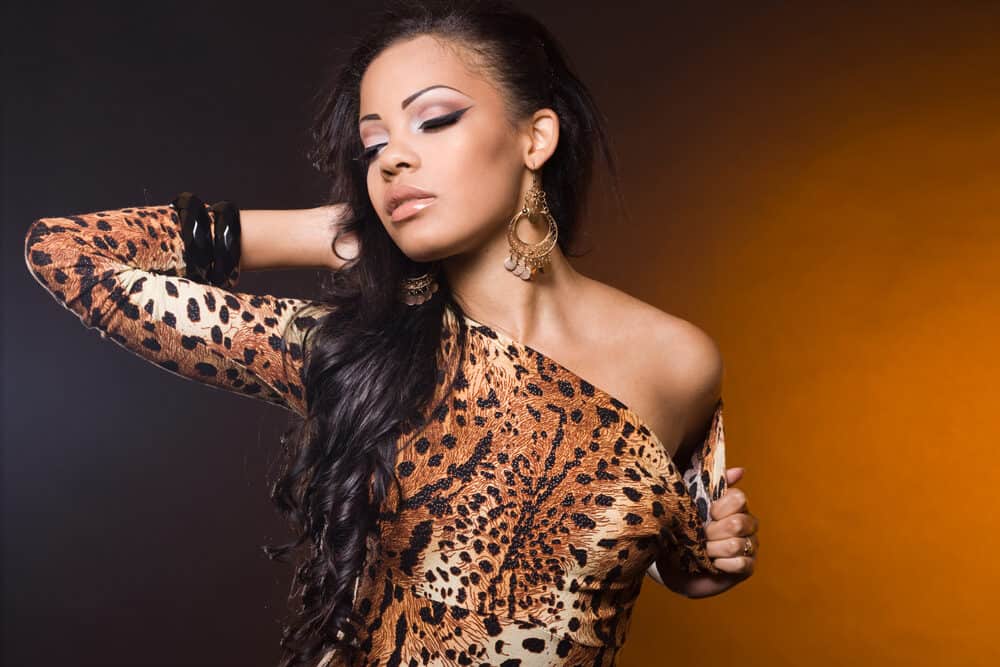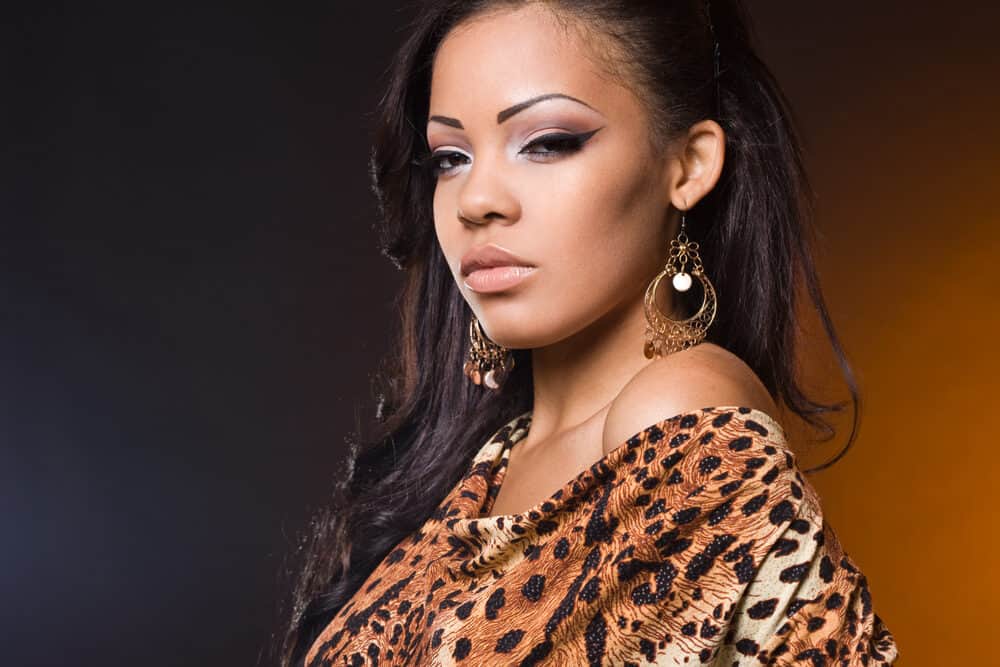
“Look at her swinging that horsehair.” It’s a comment that some direct at people wearing wigs or extensions. While many don’t give the remark a second thought, some can’t help but wonder whether there could be some truth to the statement.
If you’ve been wondering whether wigs are really made from horsehair, you’re in the right place. We’ll tell you all you need to know in this article, from the origins of the horsehair wig to where you may find such wigs now.
Table of Contents
Are Wigs Made Out of Horsehair?
Horsehair is a popular wig material because it has a similar texture and appearance to human hair. Horsehair wigs date all the way back to the 18th century, however many wigs continue to be made of horsehair nowadays.

The History of Horsehair Wigs and Barrister Wigs
Horsehair wigs (sometimes spelled horse hair wigs) were first worn on human heads throughout the 1700s and 1800s. The hair was used to make those iconic powdered wigs worn by people in influential positions (judges, nobility, royalty, presidents, etc.).
Those iconic powdered wigs, called barrister wigs, were very expensive, costing wearers the equivalent of over $10,000 in today’s currency for just one unit. These wigs were worn for quite a few years and were a sign of affluence.
The hair looked nice by the standards of the time, but there were some real issues with wigs made of horsehair.
They attracted lice, which was of particular concern to wearers, and the only way to delouse the wigs was to send them to a professional wigmaker. On top of that, they also stunk badly, which prompted people to powder them with a powder made of cornstarch and lavender.
Horsehair Wigs Today
To the surprise of many, horsehair is still in use today. In this section and the ones to follow, we’ll reveal to you why your wig could be part horsehair.

Human Hair Blended with Horsehair
Horsehair is much like human hair when it comes to texture and weight. It can vary from soft and silky to coarse and heavy. The coarsest horsehair is usually used to make tough fabrics and brushes, while the smoother, finer hairs are used for wigs.
Horsehair is not in high demand for wigs, being that human hair is the overall better option. But for people who cannot afford human hair wigs, blends are available.
These blends may contain a mixture of human hair, animal hair, and synthetic fibers. Some of the animal hair types you could find in your human hair blend wigs include:
- Sheep hair
- Goat hair
- Horsehair
- Yak hair
Hair from these animals can look very similar to human hair - the same level of shine and even the same curl or wave pattern.
Wig manufacturers have become so technologically savvy that they can completely change the texture of animal hair to blend in seamlessly with human hair.

Wig Industry Regulations are Scarce
Since the wig industry is not very closely regulated, there’s no telling whether there’s horsehair in your “human hair” wig. Even hair that’s been labeled “100% human hair” could be mixed with animal hair.
There’s no one there to ensure that the manufacturer is being truthful with their claims. It is for this reason that experts recommend that you wash your wigs thoroughly before you wear them.
If you’re not too keen on animal hair making its way into your wigs, then it may be worth it to fork over more cash for your wigs. When it comes to wigs, you get what you pay for.
If you buy your unit from a reputable seller at a higher price tag, your chances of getting a human hair blend are low. But if you purchase beauty supply hair that’s been heavily discounted, chances are you’ll be rocking a human hair/animal hair blend.
Synthetic Wigs
You could also go the synthetic hair route. Synthetic hair is usually not mixed with animal hair, being that it costs manufacturers more money to process animal hair.
But you’ve got to keep in mind that synthetic hair does not last long and is prone to tangling and matting.

Is Horsehair That Bad?
Animal hair has gotten a bad rap, perhaps because of the inhumane conditions under which the hair may be harvested. There’s also the thought that animal hair may be inherently dirty. But is it the end of the world if your wig has a few strands of horsehair?
Let’s look at the pros and cons of wearing animal hair wigs below.
Pros
Contrary to popular belief, there are some real advantages to horsehair:
- Horsehair is not likely to harm you. Most wig manufacturers wash wigs before they get to you.
- Animal hair may trap heat, which can keep you warmer in the winter months.
- The incorporation of animal hair helps to keep wigs more affordable.
Cons
As you may have expected, there are some horsehair cons that put people off:
- Horsehair is not as resilient as human hair in some cases. After styling your human hair blend wig a few times, you may notice signs of damage wherever horsehair is attached.
- Horsehair can look and feel stiff, which can make horsehair-containing wigs difficult to style.
- Some manufacturers do not source their animal hair humanely despite claims that they do.
As you can see, the pros and cons of horsehair are polarizing. Some may think that having traces of animal hair in their wigs is okay, while others may be totally against it. We encourage you to determine for yourself whether the pros outweigh the cons.

Genuine Human Hair is the Winner
Genuine human hair is the golden standard in the wig industry, and that’s because it is in high demand. It’s the best possible hair type you can get. Why?
Note: When we say “genuine” human hair, we are referring to human hair that hasn’t been blended with animal fibers or synthetic fibers.
- You can repeatedly wash and restyle genuine human hair wigs.
- Genuine human hair wigs last up to a year or even longer with proper maintenance and light styling.
- Genuine human hair wigs look and feel like natural hair...because they are made of real hair.
Yet, the quality of human hair varies widely. For instance, non-Remy hair is the cheapest form of human hair. Because it lacks an intact cuticle, it could have come from a barbershop floor or been blended with animal hair. This hair is known to tangle and frizz up prematurely.
Remy hair has intact, aligned hair cuticles, which reduces tangling and frizz. This type of human hair is long-lasting and reacts well to styling.
Wigs made of unprocessed virgin Remy hair come at a hefty price tag. That’s because they’re made of the best human hair you can get your hands on.
In addition to having the hair cuticles intact and aligned in the same direction, the hair is unprocessed. That means the strands are healthy and will last for years with proper care.
You can also dye, bleach, and heat style this hair in moderation without seeing extensive damage.
Unfortunately, hair manufacturers everywhere throw the term “unprocessed virgin Remy hair” around when it’s not true.
- What To Use Instead of a Wig Stand
- The Best Natural Looking Wigs
- Can You Sell Used Hair Extensions?
- Benefits of Using Horse Shampoo on Human Hair
Much of the wig industry is a mystery, but there are some trusted wig companies out there, like Bellami Hair and RPGshow, among others.
Even so, we cannot stress enough how important it is to do your research on any wig manufacturer you’re considering. You need to know where the hair is sourced from and how it’s processed after harvest. That way, you’ll have some idea of what you’re putting on your head.




